I have this simple java command line application
public static void main(String[] args) throws IOException {
System.out.println("Hello World !");
System.in.read();
}
When I start it on Windows 10, Windows Task Manager displays two instances of java.exe as subprocesses of the Windows Command Prompt process:
- Java(TM) Platform SE binary from
C:\Program Files\Common Files\Oracle\Java\javapath_target_383000\java.exe
- OpenJDK Platform binary from
C:\Program Files\Java\jdk-15.0.1\bin\java.exe
One should think one instance of the JVM should be enough to run this program, so why are there two ?
Edit: I compiled this program against a JDK 1.8.0 (instead of JDK 15.0.1) and now only the Java(TM) Platform SE binary shows up.
